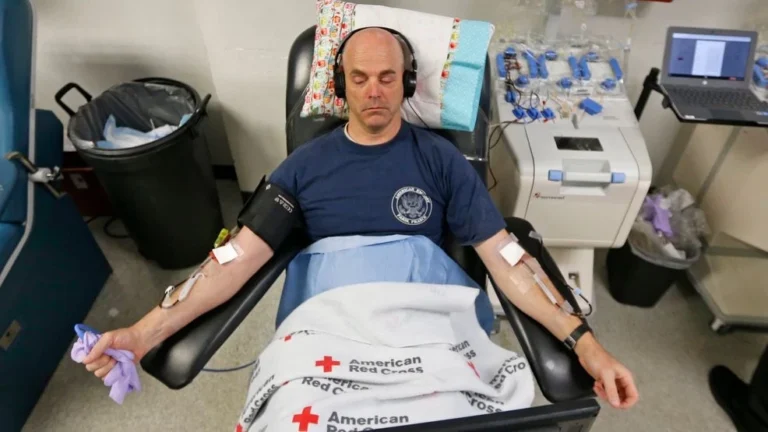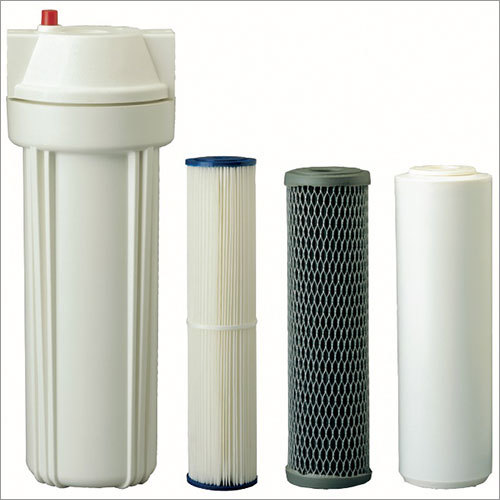
Pain in the joint may seem to be common in elderly but surprisingly able to affect any age such as adults or teenagers. Having this condition does not only lead to feelings of discomfort, but also potentially have negative effects on a person’s life in terms of the ability to perform daily tasks and dwell in emotional distress. There are many reasons that could be the reasons behind the painful joint. One of the most common reasons is arthritis.
Since arthritis usually affects those in elderly, supplements such as the Surbex Zinc plus tablets can greatly help to improve the arthritis conditions. Other benefits of this supplement are to help the elderly gain more energy, boost their immune system and to help improve the brain and nerve function. You do not need to be old to get this supplement because you can get this supplement to help slow down the aging process which is the main cause of most diseases among the elderly.
Back to the main focus of what is actually an arthritis, specifically inflammatory arthritis? It is a condition characterised by a group of diseases caused by the overactive immune system that attack the joint. Arthritis itself is defined as painful inflammation and stiffness of the joints. An inflammatory arthritis typically exhibits symptoms of inflammation such as pain, redness around the affected area, the skin becoming warm upon touch, signs of swelling and problem of the joint to function well. A person with inflammatory arthritis may exhibit one or more symptoms related to inflammation. There are few types of inflammatory arthritis, for example:
1- Rheumatoid arthritis. This type of arthritis is the most common form of inflammatory arthritis. Typically, it affects more than one of the small joints of the hand and feet. Usually both sides of the joint are affected.
2- Psoriatic arthritis. A type of arthritis affecting those with psoriasis. Psoriasis is a skin disorder causing a person to have thick scaly skin. Most common site of psoriasis is face, scalps, palms, elbows, lower back, knee and feet soles. Psoriatic arthritis is also known as spondyloarthropathy due to combination of the psoriasis skin and inflammation of the joints or spine. 20% of psoriasis patients will develop psoriatic arthritis years after the first psoriatic skin episode.
3- Juvenile idiopathic arthritis (JIA). Arthritis that affects young children and adolescents, typically those under the age of 16. JIA may not only affect the joint and spine, but may affect the eye, heart, lung and liver. Treating JIA is vital to avoid permanent damage of the joint that could cause great development and growth problems.
4- Lupus arthritis. Lupus is an autoimmune condition affecting women in reproductive age. Arthritis in lupus patients is very common.
5- Gout. A form of arthritis caused by high levels of uric acid in the blood which eventually led to the uric acid to become crystallised. The needle-shaped crystals eventually accumulate in joints, usually in the big toe joints.
6- Pseudogout. Also known as calcium pyrophosphate deposition disease (CPPD), may be causing the same symptoms such as in gout but it is caused by minerals other than uric acid. It usually affects the joints of the hand and wrist. The crystals are in the shape of a rhomboid and can be seen as a sign of calcified cartilage during x-ray imaging.
7- Ankylosing spondylitis. Mainly affects the spine, hip joints and large joints of the body to become fuse and inflamed. This resulted in the spine becoming less flexible and sometimes difficulty to breath if it affects the ribs. It is said to be caused by the presence of a gene called HLA-B27.







